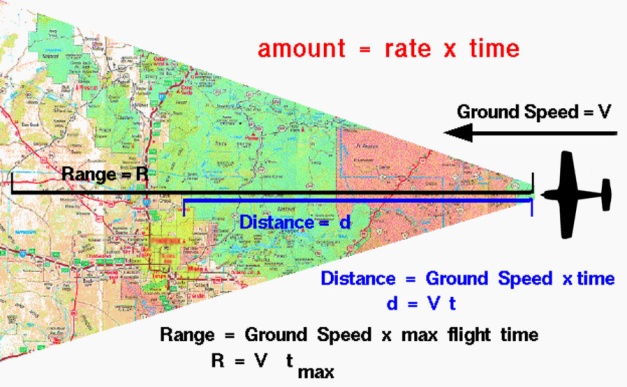 After weight, speed and range are two important aspects of specification to consider.
After weight, speed and range are two important aspects of specification to consider.
First, a short story to illustrate. Many years ago, a group of us were flying from an airfield near the Gold Coast to the annual ‘Natfly’ event – then held at Narromine in New South Wales. It’s about a 4-5 hour flight, depending on your speed. My aircraft would cruise at around 95-100 knots; there were others in new 120-knot hot ships. So it was lots of ‘see you when you get there Pete, we’ll be in the bar’. All that sort of thing. So they were a bit surprised to find me parked and tied down when they arrived, just over 4 hours later… And it all came down to range. My little plane carried almost 120 litres of fuel and still left weight for a passenger and baggage. And there was plenty of reserve fuel for the flight. The speedy aircraft carried much less fuel and for safety had landed about halfway to refuel. So overall, although a slower cruiser, I got there first – a bit hare & tortoise-ish.
However, it isn’t a simple matter of more fuel or more speed…
To go faster you need a sleek aircraft with less drag. How’s that achieved? A slimmer fuselage profile – less space for people, baggage and fuel. A thinner sleeker (and probably smaller) wing – potentially trickier handling and less room for fuel. Possibly a composite airframe, with no exposed rivet heads to slow you down. Lots of aerodynamic work in the engine bay to reduce drag – more expensive, more chance of overheating on a long climb to smooth air or when you’re not cruising flat out?
And it’s no good being able to go fast in still air if you have to back off the speed by 30% (sometimes more) when the air gets rough. Which means the airframe has to be stronger, which means more weight, which means less for people and fuel. It can be a vicious circle of diminishing gains.
To go further, it’s relatively simple: you need more fuel. But more fuel means bigger and/or more tanks, leaving less space for people and bags. It also means the wings can’t be too slim or small as they are potentially needed for fuel. And in light sport aircraft with their maximum 600 kilos take-off weight limit, more fuel invariably means less weight available for people and bags.
As we used to say in marketing: ‘You can either have it fast, or cheap or high quality. But not all three’. So it is with aeroplanes – every manufacturer is trying for that elusive combination of high speed cruise, slow speed safety & handling, high weight carrying capacity and, last but not least, lowest possible cost. Unless you have an almost unlimited wad of cash (then, surely, you wouldn’t be in the light sport market?) you have to choose your own priority requirements and be prepared to compromise on the others.
Next – something you should never compromise: Safety
